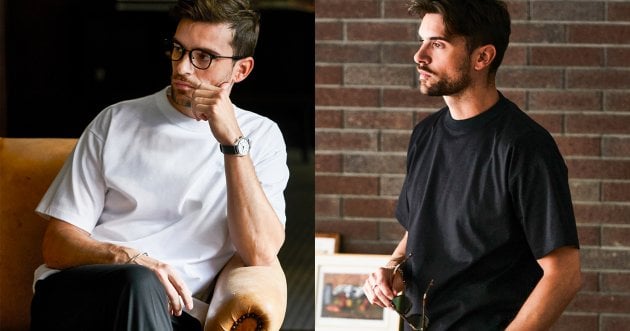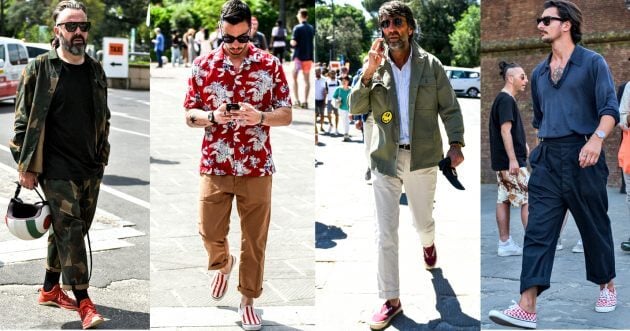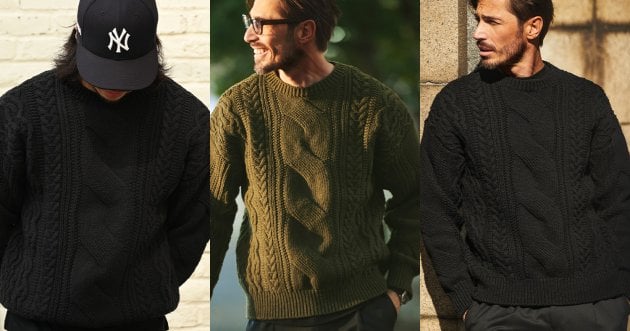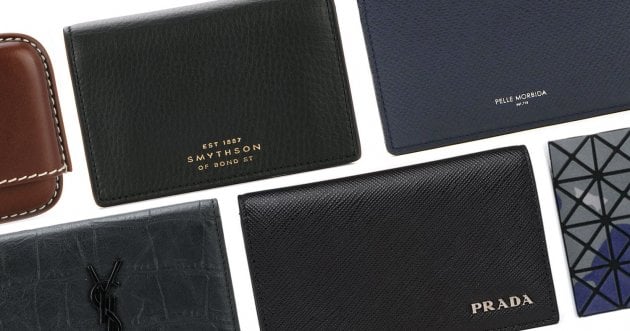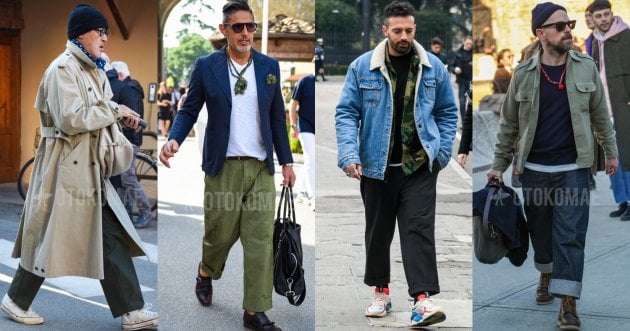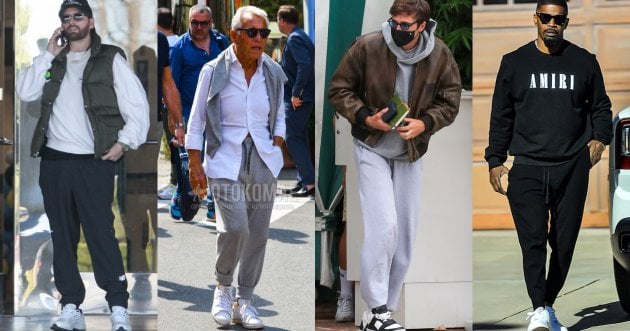The Untold Story of Nike and Onitsuka Tiger: A Look into the Relationship that Shaped the Sneaker Industry

“I thought, ‘Wouldn’t people enjoy sneakers even more if they knew the story behind the brand? With this idea in mind, we would like to introduce the hidden history and stories behind sneaker brands. In this issue, we will introduce the story of “The Untold Story of Nike and Onitsuka Tiger.
Nike’s founder has seen the potential of Japanese sports shoes since his student days
Phil Knight, the founder of Nike, was an athlete at the University of Oregon. The man who later became a sports world leader was an athlete at heart. He later joined the Army before entering the prestigious Stanford Graduate School of Business, where he was asked to develop a business plan based on his expertise. In the course of developing a business plan based on his expertise, he is known to have written a thesis on the theme, “Can Japanese sports shoes compete with the Germans in the camera field? From the very beginning, he paid attention to Japan’s high technological capabilities and (at that time) low manufacturing costs, and felt that Japanese sports shoes had the potential to compete on a global scale.
Onitsuka Tiger and Nike, the Founder’s Encounter
Kihachiro Onitsuka, founder of Onitsuka Tiger (now ASICS), and Phil Knight, founder of Nike, met in November 1962. Phil Knight stopped by Kobe, Japan, on his graduation trip and was so impressed with the high performance and low price of Onitsuka Tiger shoes that he immediately contacted Onitsuka. He met directly with Mr. Kihachiro Onitsuka, and the decision to become a distributor in the western United States was made immediately.
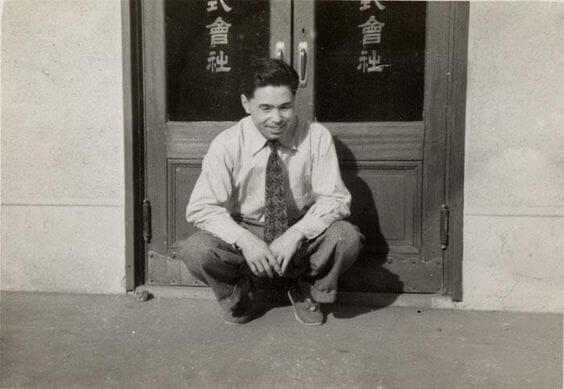
Kihachiro Onizuka later said, “His desire to start a business with nothing but his bare hands reminded me of myself walking around the country with a backpack when the company was founded, and I decided to give this young man a chance to be a distributor. (From Nikkei Shimbun’s “My Resume”). At the time, Mr. Onizuka was 44 years old and Mr. Knight was 24. I believe that they made the decision more out of a spirit of “wanting to believe in the potential of a young man with great vigor,” than for any rational reason of expanding overseas.
Struggles of Nike founder Phil Knight
After returning to the U.S., he established BRS (Blue Ribbon Sports) in February 1964 with Bill Bowerman, his former track coach at the University of Oregon, who was not only a coach but also a shoe improver.
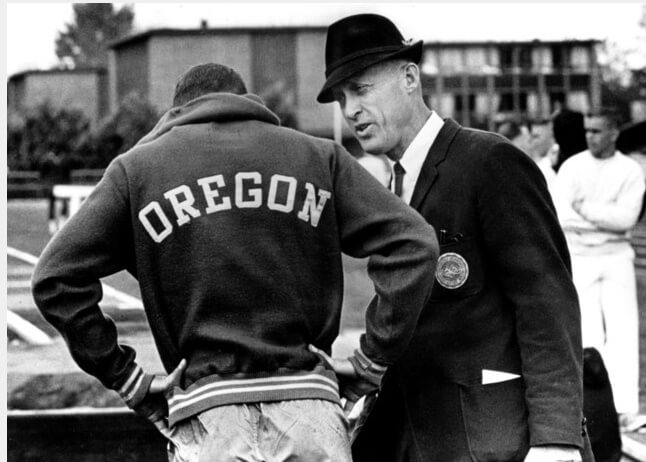
In the beginning, BRS did not have a store, but instead, they traveled around the country with shoes in the back of their car, and Phil Knight was unable to make ends meet from BRS sales.
In 1966, he opened his first store in Santa Monica, and his efforts finally paid off in 1969, when he was able to concentrate on the BRS business. In this process, BRS went beyond the framework of a general distributor and manufacturer, and worked closely with Onitsuka, proposing functionality and designs that appealed to Americans, which Onitsuka then reflected in its products. In particular, Bowerman, who had been researching shoes since his days as a coach, actively made suggestions to Onitsuka. Neither company could have anticipated that such a good relationship would later lead to conflict.
Onitsuka Tiger ends its partnership with Nike, and Nike begins to develop its own brand.
Phil Knight and Bill Bowerman prepared to develop their own brand of shoes with the goal of further success and ideal shoe development. Finally, after the contract with Onitsuka was terminated, they contracted the Fukuoka-based Asahi Corporation (the origin of Bridgestone) to manufacture training shoes, and in 1971, they introduced shoes with the iconic “NIKE” brand swoosh.
Later, during their partnership, the two companies had a dispute over the right to use the design and name of the popular “Cortez” sneaker, which was developed based on Bill Bowerman’s idea, leading to BRS suing Onitsuka. In the end, Onitsuka paid more than 100 million yen in legal fees and a settlement, and the name was changed from Tiger Cortez to Tiger Corseo.
Kihachiro Onizuka later wrote in the Nikkei Shimbun’s “My Resume,” “I was working on a plan to establish a sales company with BRS when a Japanese trading company solicited me to switch to purchasing from another manufacturer. To my surprise, I immediately signed a contract with another distributor, but I felt betrayed by their dry behavior, which did not conform to Japanese business practices.”
Unfortunately, he continued to use the nickname that BRS had been using, which led to a dispute over the ownership of the rights to use the nickname, and a lawsuit was filed against BRS. In the end, we agreed to a settlement, but the amount of the settlement was more than 100 million yen, including legal fees. Although it was a good experience for them to expand their business overseas, they were forced to pay a high tuition fee. This is the Nike that later grew rapidly.” He said, “I had more feelings than I could possibly put into words. Perhaps he had more feelings than he could express in words.
Nike now reigns as the world’s No. 1 sports brand, and ASICS has made remarkable strides to become the world’s No. 3 sports brand after Adidas. It is true that there have been battles in the past among the highly competitive sports brands. However, it is important to keep in mind the fact that the great founders of both brands, who broke the stronghold of German brands such as Adidas and Puma, met in the early days of their careers and established a new era.
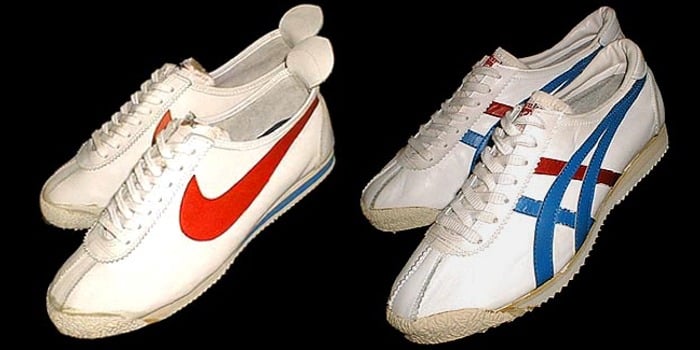



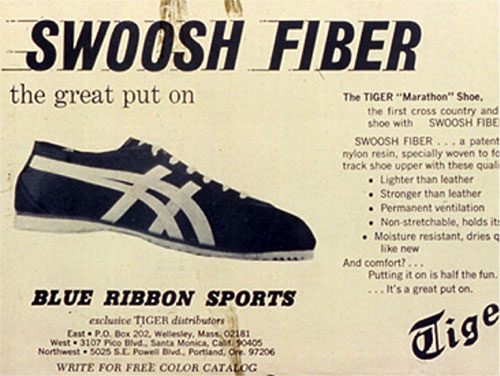
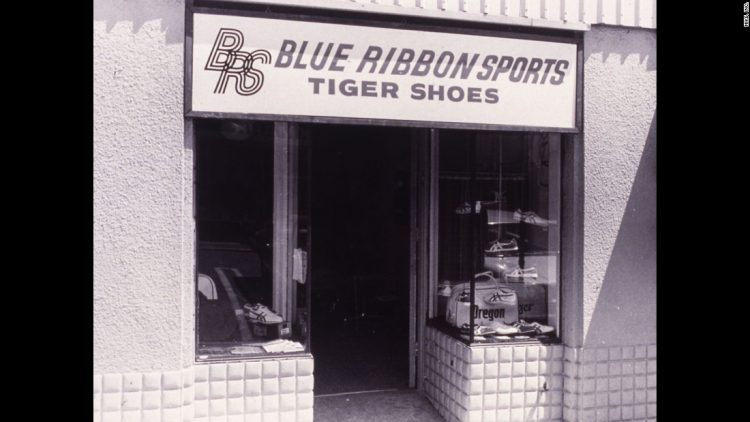
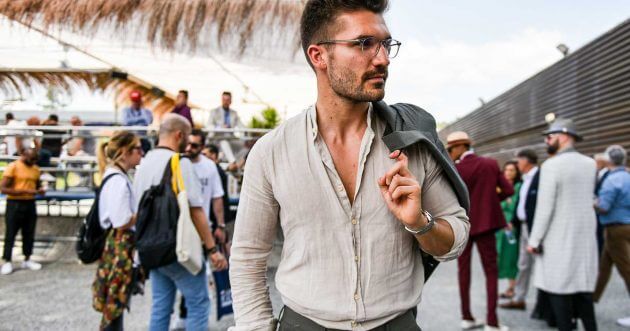
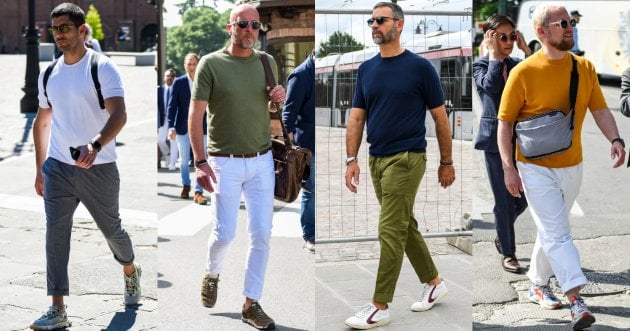
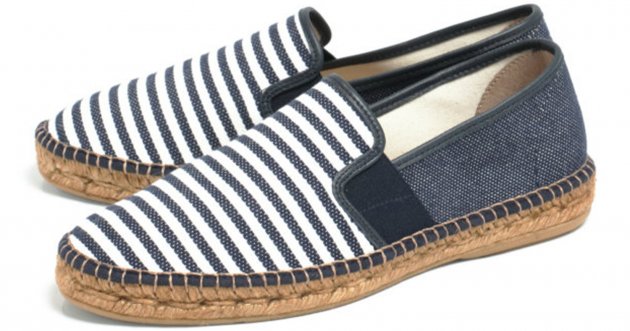
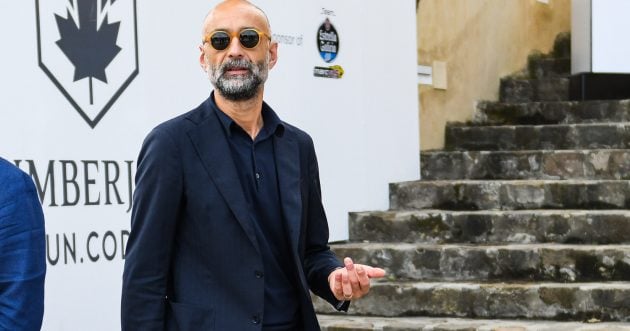
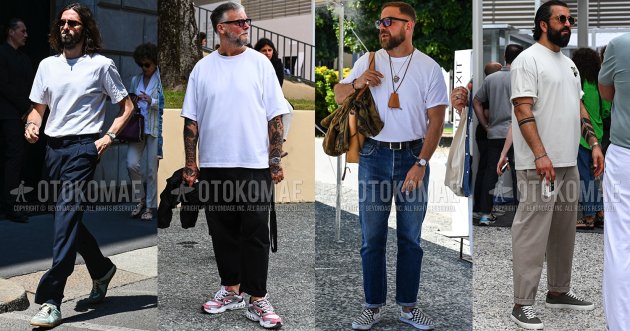
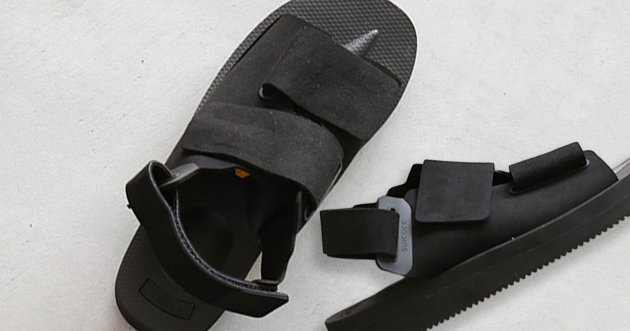
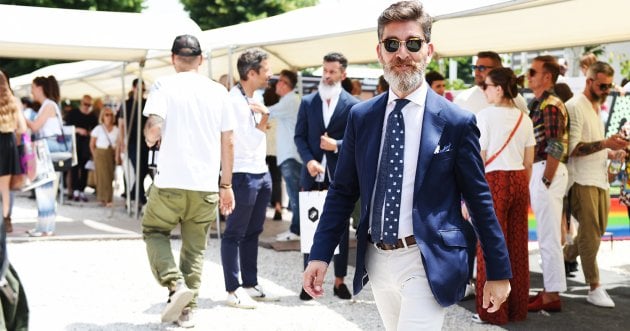
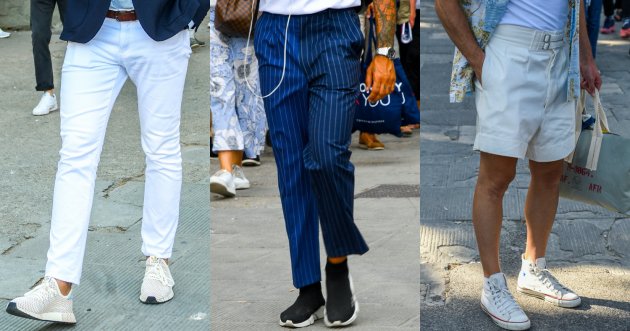
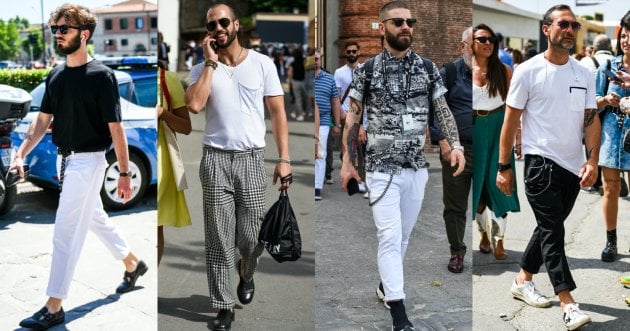

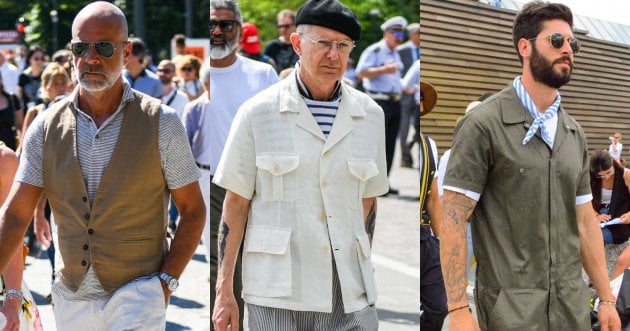
![Men’s Sneakers Popularity Ranking [ Latest Comprehensive ].](https://otokomaeken.com/wp-content/uploads/2017/10/94a92e7352eb731aac7749d6d21db261-630x331.jpg)
